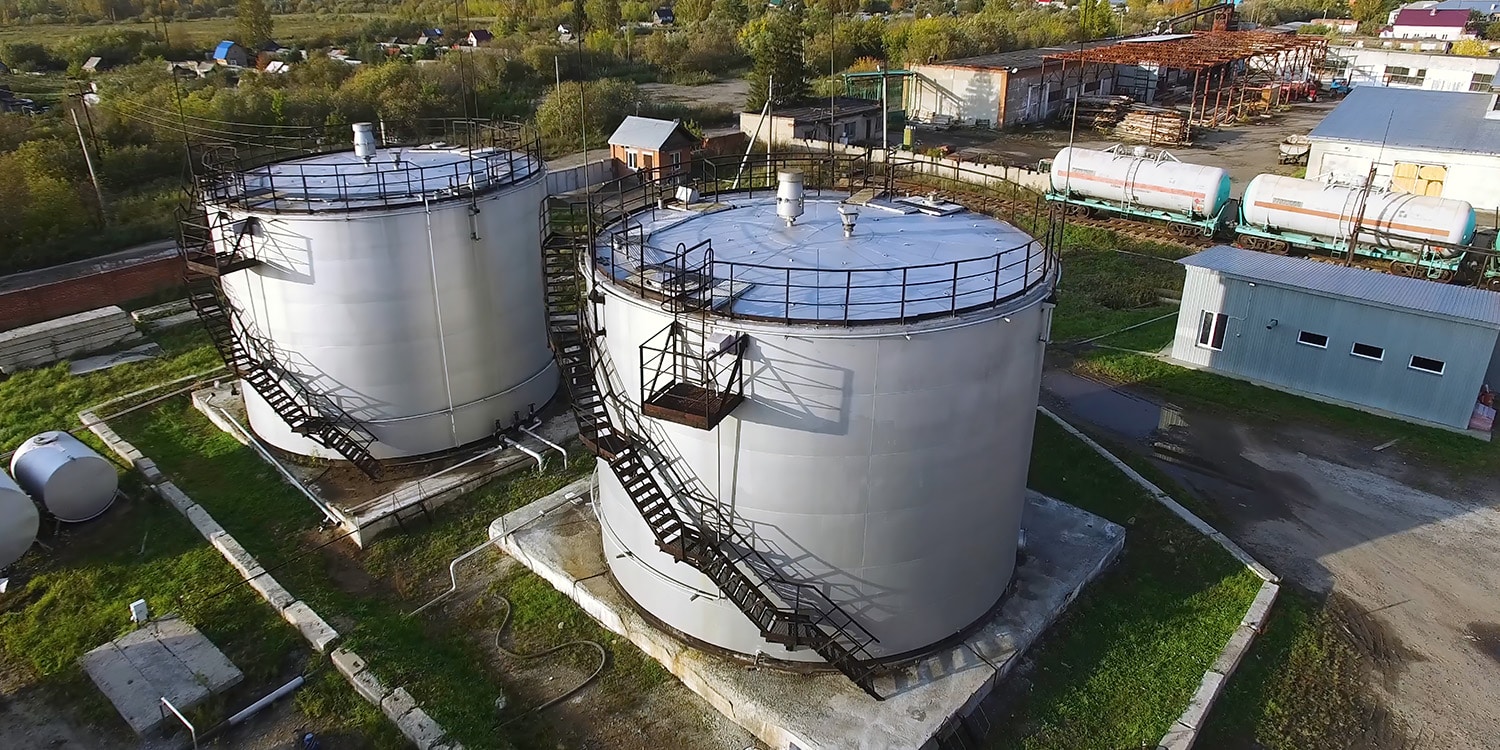
Tank Management & Compliance
PPM was retained by a national hospital chain to prepare a Tank Management Plan for each of the 24 facilities located throughout the U.S. The purpose of the plan was to identify the most prudent and cost-effective course of action to bring each of the emergency generator fuel tanks located at the facilities into compliance with applicable federal, state, and local environmental regulations. Prior to retaining PPM, the company was considering contracting for the complete removal and replacement of all of the tank systems at a cost of several hundred thousand dollars. PPM proposed to evaluate each facility on a site-specific basis to determine if complete removal and replacement was the most cost-effective approach.
PPM collected and reviewed all available information on each tanks system and researched the regulations and guidelines to determine the unique regulatory requirements governing each facility. A regulatory profile and list of needs was developed for each facility, followed by preparation of a Tank Management Plan. The plan included specific recommendations for upgrade, removal, or closure in-place for each of the tank systems, along with an evaluation of replacement options with either above ground or below ground storage tank systems.
These recommendations were based on the fueling needs of each facility, estimated costs, local regulations, construction limitations, contractor availability, regulatory requirements, availability of trust fund money should an environmental problem be found, and other factors. PPM then prepared abbreviated scopes of work and bid computation sheets for the construction activities recommended at each facility. These documents were used as planning tools to solicit at least two competitive bids from contractors located in the area where the work was to be performed.
Through the planning process, PPM was able to identify alternative methods of meeting the upgrade requirements at approximately half of the facilities rather than the complete removal and replacement. This approach resulted in significant cost savings to the company.

